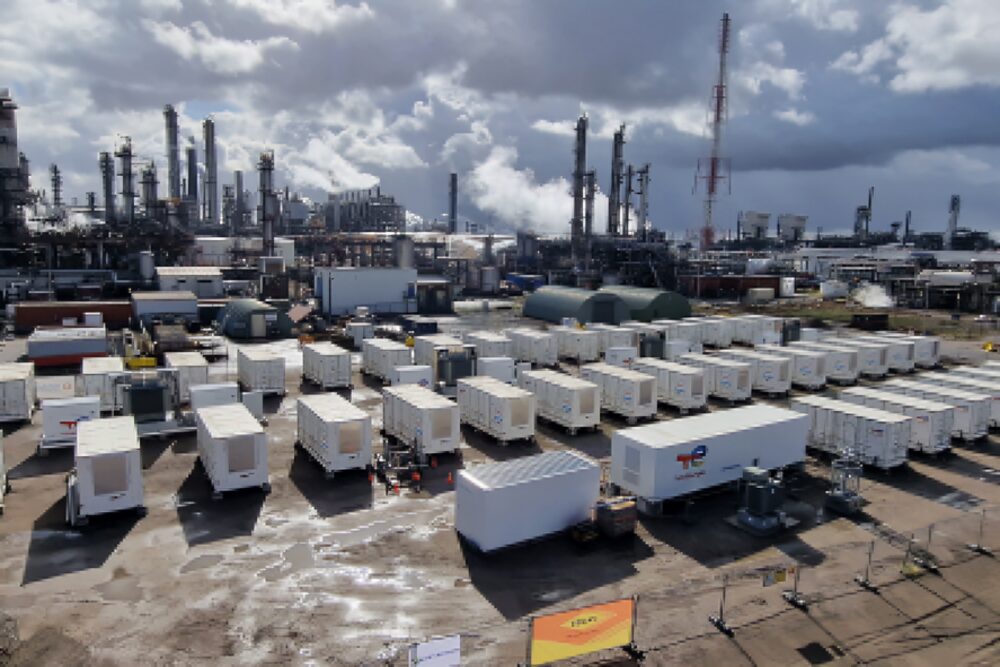
Western Australia has achieved an important milestone, with the state’s first large-scale battery storage system, Synergy’s Big Battery, ready to charge and discharge energy into the grid.
It comes as the 2023-24 State Budget confirmed an additional $3 billion investment towards tackling climate change and future-proofing WA’s energy system.
Through Synergy, the Government of Western Australia has delivered the 100 megawatt/200 megawatt-hour battery at Kwinana, which can store enough energy in reserve to power 160,000 homes for up to two hours.
The system, which involved more than 200 jobs in construction, will now undergo a series of charge and discharge tests before entering the network later this year.
Battery energy storage systems absorb excess energy from rooftop solar when the sun is shining and release it in the evening, when demand is at its peak – playing a key role in delivering reliable energy to households and businesses.
The WA Government has allocated $2.3 billion towards two new battery energy storage systems in the 2023-24 State Budget, including a second, larger system at the Kwinana site.
The proposed big battery will provide 200 megawatts (MW) of capacity with 800 megawatt hours – four times the energy storage of stage one.
A further battery system will be developed in Collie, which will be one of the biggest battery systems in the world – providing around 500 MW for up to four hours.
The second Kwinana big battery is expected to be operational by late 2024.
The State Budget also includes $368 million for new large-scale wind energy generation projects – at King Rocks and near Eneabba – as well as $126 million towards electricity network planning and upgrades to support more renewable energy on the grid.
Premier Mark McGowan said battery storage systems will be critical to in the future, allowing the harnessing of rooftop solar resources to meet power needs during peak times.
“With the Kwinana big battery entering operational testing today, we’re moving onto an even bigger battery on site – with four times the capacity.
“It will make our existing electricity system more secure, support the continued uptake of renewables, and set up our State for the long-term.”












